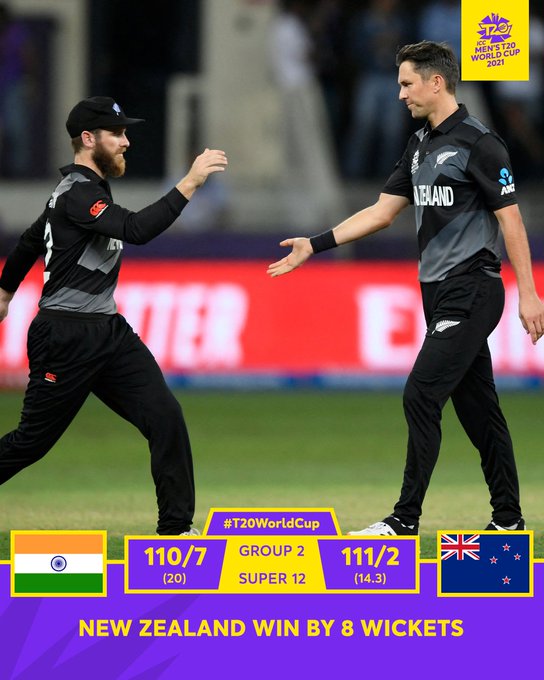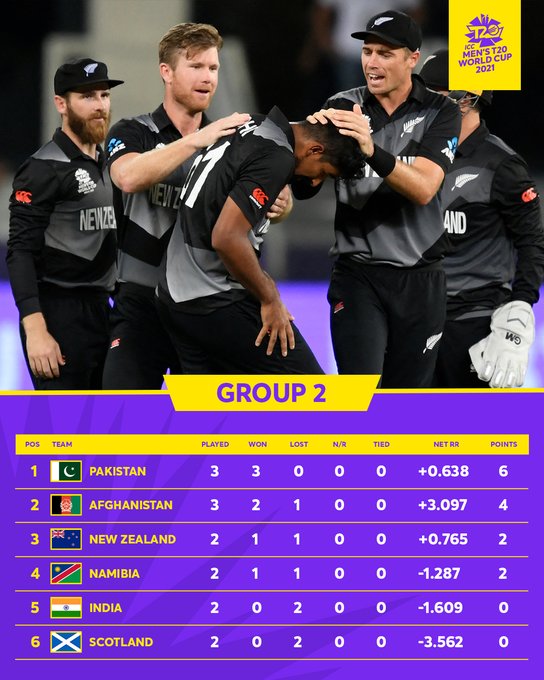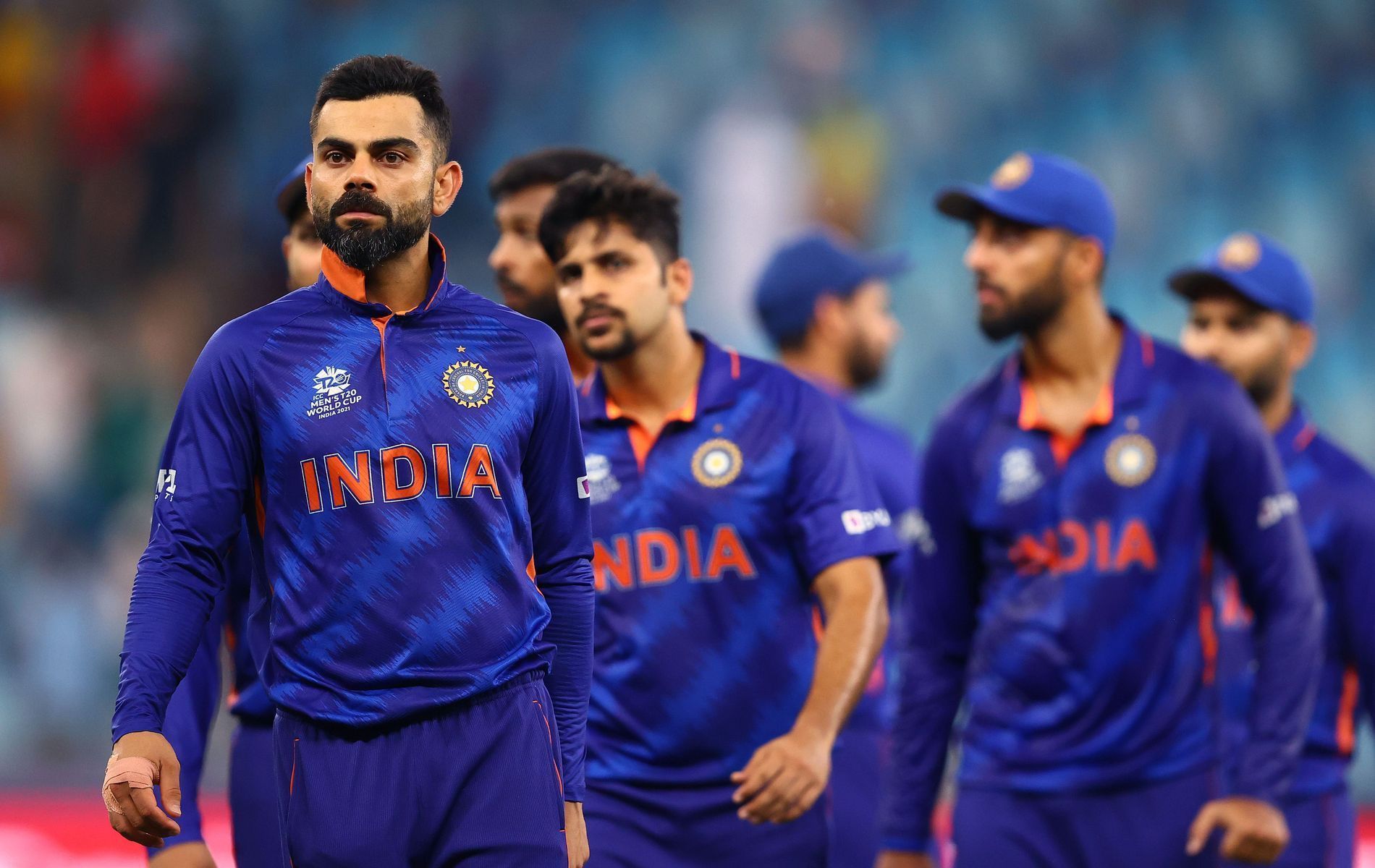
T20 World Cup 2021: Lack of clarity comes to the fore in India's defeat to New Zealand
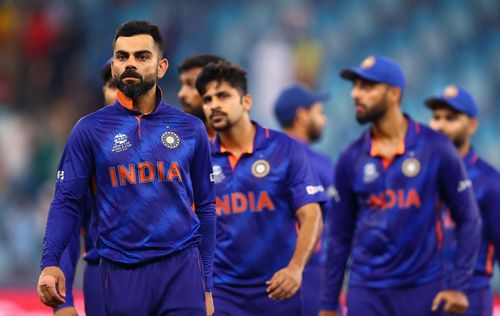
During India’s defeat to New Zealand in the 2021 T20 World Cup on Sunday, there was a period of play where no boundaries were hit for 71 deliveries. After losing the toss and being put in to bat, India captain Virat Kohli said that with dew playing a major factor in the second innings, they were looking to score 20-odd extra runs to give the bowlers a target to defend. But India’s approach with the bat painted a wholly different picture.
New Zealand bowled tight and India’s batters failed to get the ball away, perishing every time they looked to play a big shot.
Ishan Kishan, who replaced the injured Suryakumar Yadav in India's playing XI, was sent out to open. The southpaw, along with KL Rahul, Rohit Sharma and Virat Kohli, were all caught in the deep.
Rishabh Pant and Hardik Pandya, India's most explosive batters, played at a sedate pace and failed to find their rhythm, and eventually when they looked to go big, they too were sent packing.
Finally, India finished at 110/7, a total easily chased by New Zealand in less than 15 overs.
There is no doubt that the Kiwis bowled well, and that Indian players may just be overcooked amid a very hectic schedule. But the match was also indicative of poor planning and a lack of clarity in India’s strategy.
Take, for example, the decision to move Rohit Sharma down to no.3 and Kohli to no.4 to accommodate Ishan Kishan at the top of the order.
That Kishan performs best as an opener justifies the decision to play him at the top of the order, but was it the right call to demote Rohit Sharma and Kohli?
Rohit Sharma and Virat Kohli’s recent struggles against spinners who take the ball away from them have been well documented.
Yet, against a team containing quality spinners Ish Sodhi and Mitchell Santner, India chose to pack their middle order with Rohit and Kohli.
Since 2017, Rohit Sharma has faced 312 balls of leg-spin, scoring 364 runs at a strike rate of 116.66 and an average of 20.22, getting out 18 times.
Over the same time period, he has done better against left-arm spinners, striking at 130.71 and averaging 49.85. But since 2019, the strike rate has seen a drop to128.57 and average to 34.20.
Kohli, since 2017, has scored at 123.03 against legspin and 115.40 against left-arm spinners.
A better option may have been to keep Rohit and Kohli in their respective spots and move KL Rahul down to no.4.
KL Rahul has shown in ODIs that he can adapt to the middle order and has often played explosive knocks, showing he can get busy right from the word go.
Even playing Ishan Kishan – a left-hander – in the middle as a floater against Sodhi and Santner would have been a better gamble.
Ahead of India's T20I series against England earlier this year, Kohli had iterated that Rohit Sharma and KL Rahul were without a doubt their preferred opening partnership.
By the end of the series, it was Kohli and Rohit and before the start of the World Cup, it was back to Rohit and Rahul, with Kohli at no.3 again.
But after one match they reshuffled, with Ishan Kishan and KL Rahul forming a brand new opening partnership.
The constant shuffling also means players are not entirely sure of their role in the team and are always adapting according to their new positions.
Where New Zealand came into the match with brilliant planning and execution, India seemed at a loss for ideas.
Check out the updated most runs in T20 World Cup 2021 list here.
T20 World Cup 2021: India not paying enough heed to the numbers?
Virat Kohli has often reiterated that he prioritizes instincts over data. Even as recently as September this year, Kohli commented:
“As I said, on the outside there are many data points and analysis. The game is not played on that. It is not on information from the outside, it is on reaction…belief in certain moments, game plans that you set out to achieve. Making sure you have the drive to execute. The simpler you keep it, the fewer distractions you will feel from the outside.”
It is common knowledge that the role of data and analytics in how cricket is played has grown exponentially, especially in the shortest format of the game.
England, for example, made good use of data and statistics in how they turned around their white-ball setup, and ended up as one of the most effective limited-overs teams.
However, if Kohli’s words are anything to go by, it would mean that India prefer not to rely on data too much and this could be something hindering them in the T20 format.
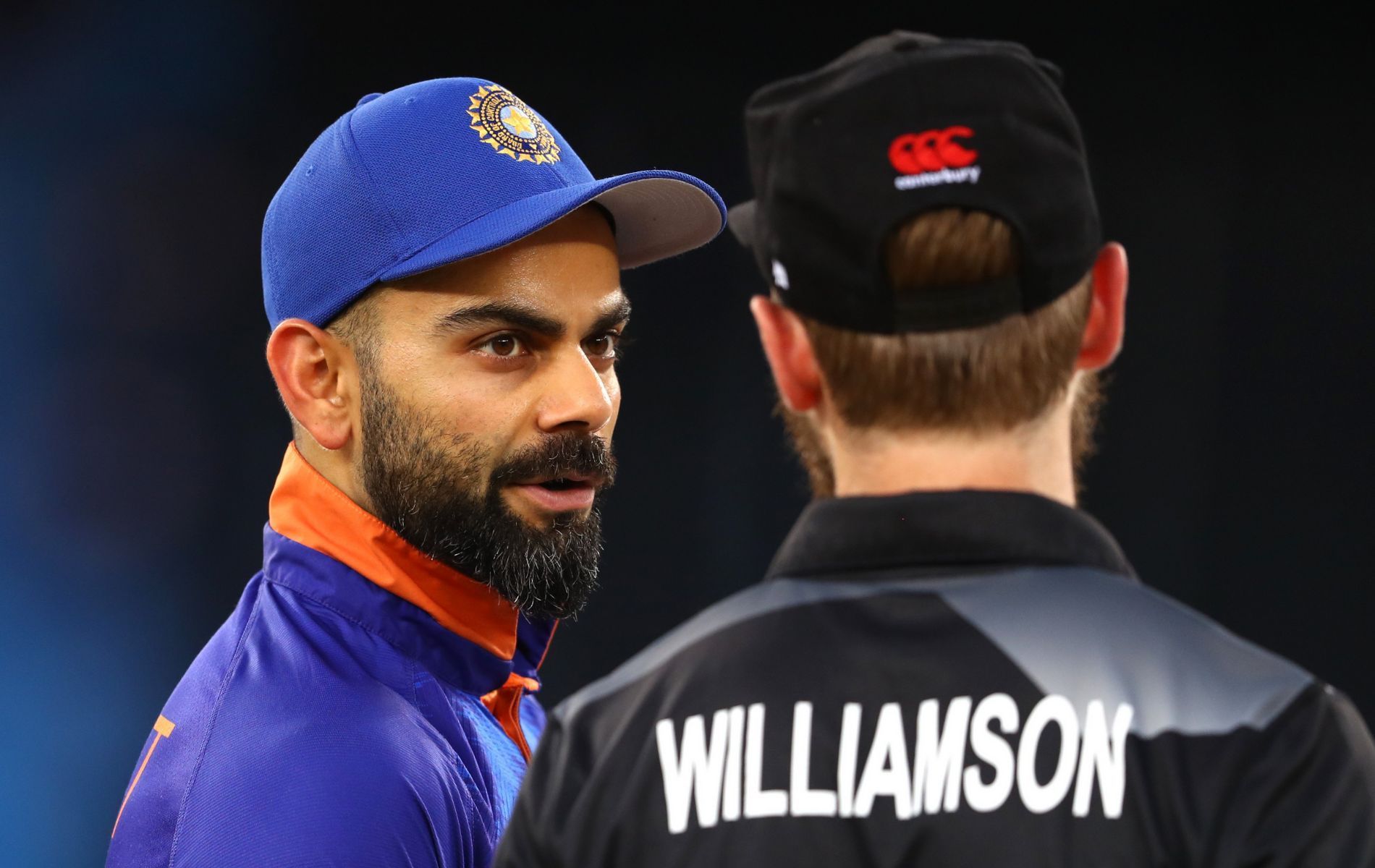
This is something echoed by MS Dhoni as well after he led Chennai Super Kings to the Indian Premier League (IPL) 2021 title. However, not everyone has a cricketing mind as sharp as Dhoni, who seemed to have a Midas touch with his captaincy decisions.
If India did look at the numbers better, maybe they would have approached the innings differently.
And it’s not an issue confined to one match. Against Pakistan, there were plenty of deliveries bowled to Mohammad Rizwan short and into his body.
A little bit of digging would have shown that Rizwan enjoys taking on the short ball, especially playing them on the leg-side. And Rizwan did punish India with a handful of pulls on way to his stunning unbeaten 78.
A better understanding of the data would have seen the team play with more clarity with regards to strategy and player roles, which would reflect better results in crunch situations.
Currently, India are on the brink and their progress in the T20 World Cup at the moment depends on how results between other teams pan out.
T20 is a fickle format, and the most minute of details can make the difference, especially on pitches where losing the toss can land you at a massive disadvantage.
So teams need to grow and adapt and look to grab every little advantage that they can.
But now with Kohli’s reign as captain in T20s set to end after the World Cup and a new regime set to take charge in the coaching department, it will be interesting to see what direction India take going forward.
